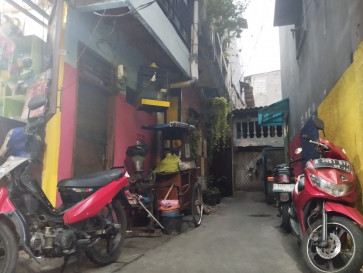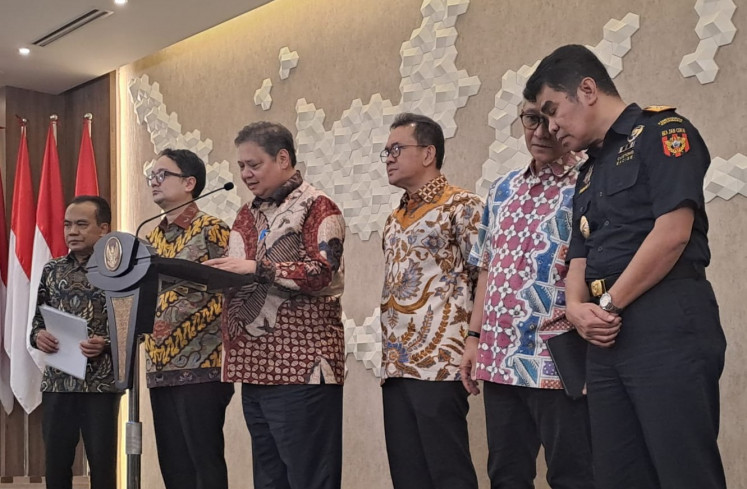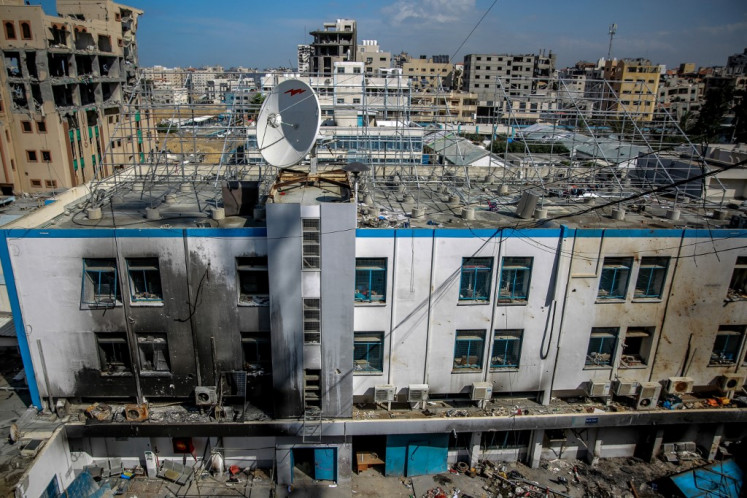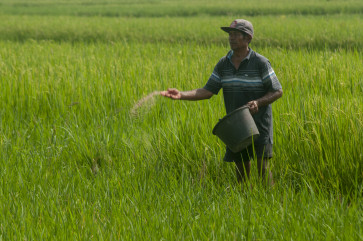Structural problems blight agriculture as key sector for employment
Experts point to a decline in interest in farming but say many young people have few other options.
Change Size
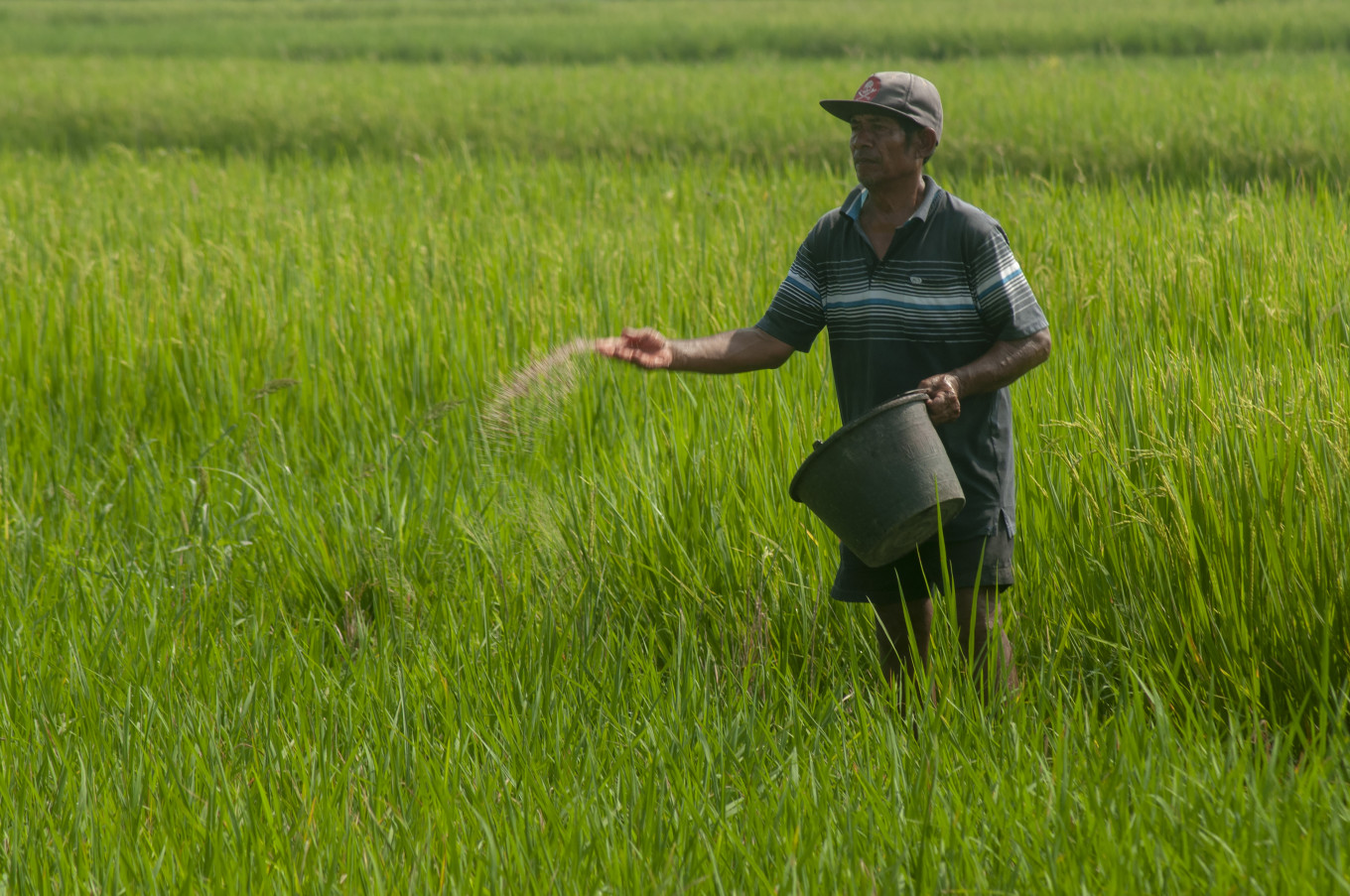 A farmer spreads dry fertilizer on a paddy field on March 1, 2024, in Sawit, Boyolali, Central Java. (Antara/Aloysius Jarot Nugroho)
A farmer spreads dry fertilizer on a paddy field on March 1, 2024, in Sawit, Boyolali, Central Java. (Antara/Aloysius Jarot Nugroho)
T
he latest gross domestic product (GDP) report shows that all sectors of Indonesia’s economy grew by between 4.13 and 9.13 percent year-on-year (yoy) in the first quarter, except for agriculture, which declined by 3.54 percent.
Seasonal and one-off impacts notwithstanding, experts say the sector is facing a host of structural problems. As a result, agriculture has faced a growing decline in labor interest over the years.
Data published by Statistics Indonesia (BPS) along with the GDP report on Monday also reveal a decrease of some 240,000 yoy in the number of laborers in agriculture, a sector that still employs a massive chunk of the country’s workforce. Agriculture’s total proportion of the country’s workforce decreased from 29.36 percent in February 2023 to 28.64 percent in February 2024.
Arif Novianto, a researcher at the Institute of Governance and Public Affairs at Gadjah Mada University (UGM) in Yogyakarta, told The Jakarta Post on Wednesday that distribution of land ownership was the main culprit.
He pointed out that, for one, more than 60 percent of farmers are categorized as petani gurem (smallholder farmers) based on the tiny plots of land they manage – 0.5 hectares or less. “Various studies show that managing 0.5 ha or less will hardly yield a decent life,” said Arif, but instead one that “is very, very difficult”.
He suggested reevaluating land reform policies put in place in the 1960s that were meant to improve farmers’ living standards but have instead hampered the process of agricultural modernization.
He contrasted the state of Indonesian agriculture with that of Germany and the United States, which both have a good farming environment with high productivity thanks to the adoption of technology.


